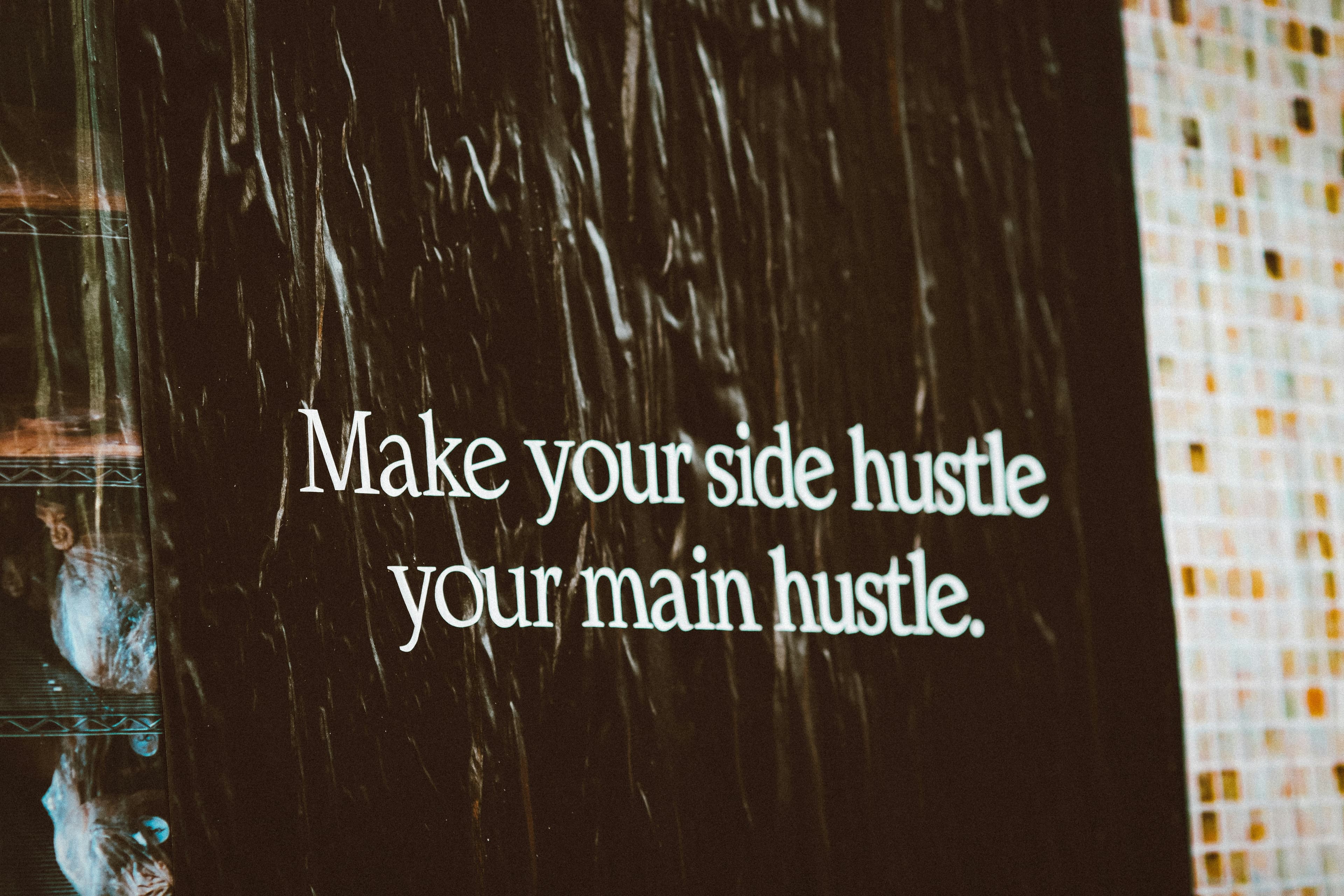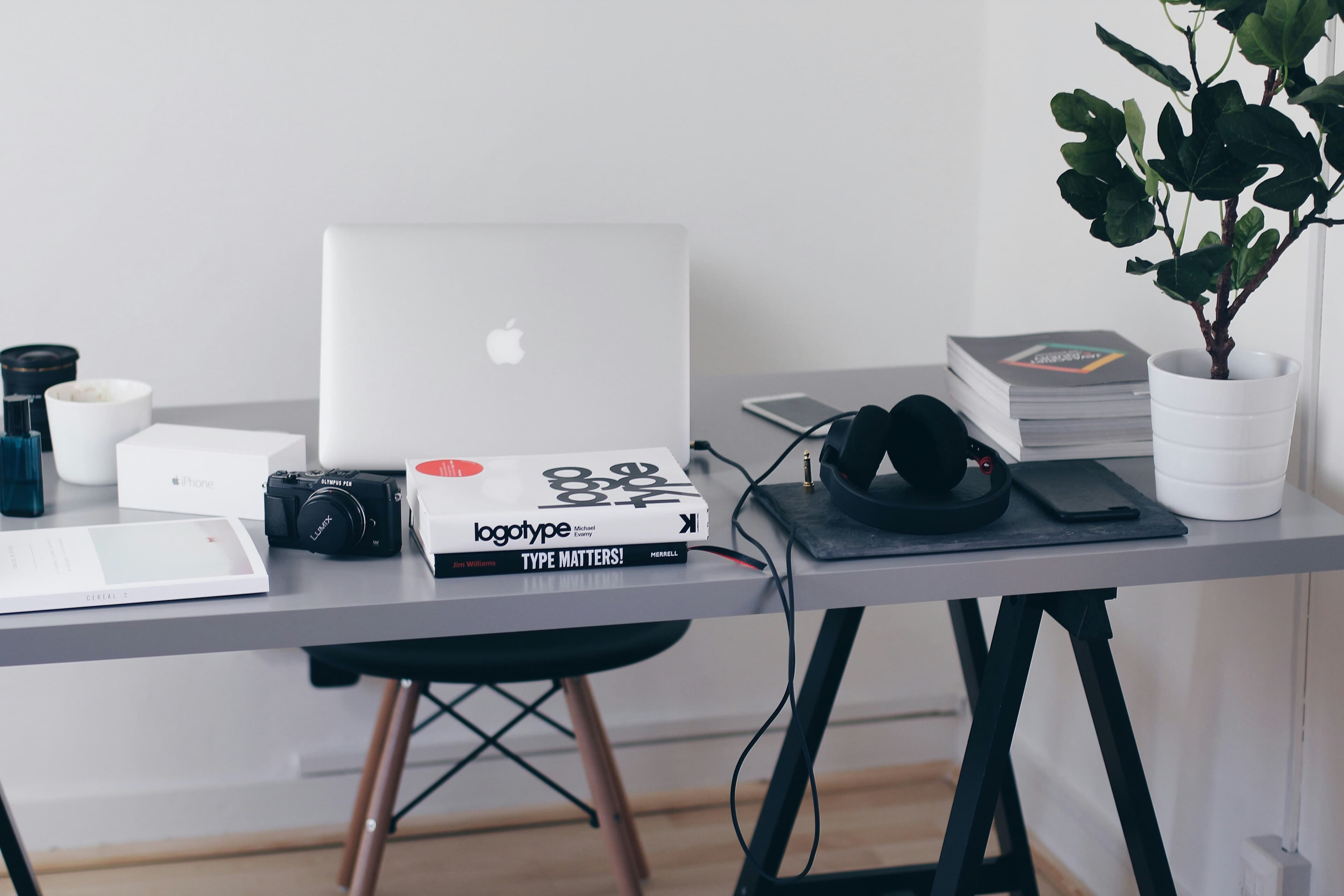The Mindset You Had Before You Learned to Fail

Most of us have a few scattered memories from early childhood, maybe a birthday party or playing outside, probably from around age four or five. What we can’t recall, however, is how our brains actually operated back then. It’s easy to assume they worked just like they do now, but that couldn’t be more wrong.
When we were very young, our brains were incredibly efficient machines, free from the clutter of negative thoughts or self-limiting beliefs. Information was processed as it was, without being skewed or filtered through a lens of doubt. We saw the world and ourselves for what they were, not what our limitations told us they could be. The world we experienced as children was a profoundly different, and better, place.
You Were Built to Learn, Not to Fail
At your core, you were born to learn. Science and personal experience both back this up. When you arrived in this world, you were equipped with everything you needed to build an incredible life. It was an innate gift, woven directly into your DNA.
Many people will hear this and immediately doubt it. They’ll point to the countless examples of people who struggle, who strive for something more but come up short, eventually settling for a life that’s less than they dreamed of. And they’re not wrong—there’s no shortage of broken dreams and dashed hopes out there. But none of us started that way. Every single one of us entered this world full of promise, energized by opportunity, and ready to do whatever it took to achieve our desires. You came into this with everything you need to succeed.
Think about this simple fact: you’ve learned thousands of things in your life, but two of the most complex skills you ever mastered—walking and talking—you learned before you were two years old.
Learning to Walk, Learning to Win
Let’s go back to when you were learning to walk. You were crawling around, marveling at the world from your vantage point on the floor. Then you looked up at the adults around you and a thought must have sparked: “They’re walking, and I’m crawling. This crawling thing is hard on the knees. Maybe I should try that walking thing.”
So you started a new mission. You crawled to the sofa, pulled yourself up on wobbly legs, and took in the amazing new view. Then, you let go. In an instant, gravity took over, and you hit the floor with a thud. For a few seconds, you were probably stunned. But did that stop you? Did the shock of falling convince you to give up? Not a chance.
Over and over, you pulled yourself up, and over and over, you fell. Sideways, backward, forward—it didn't matter. Researchers at New York University published a study showing that the average toddler falls 17 times an hour while learning to walk. You fell hundreds, maybe thousands, of times. With each stumble, you gained perspective, insight, and knowledge. You learned about balance and your center of gravity until, finally, you put one foot in front of the other.
Were those falls failures? Or were they a critical part of the process? When you were a child, nothing was a mistake; it was just a lesson. Life was about learning and adjusting. The thought, “Maybe walking is for adults, and I’m just meant to crawl,” never once crossed your mind. You were fearless, determined, and relentlessly motivated. You didn’t quit or develop a negative attitude. This is the mindset you need when ; you just keep going until you figure it out.
Why were you willing to go through the pain of falling again and again? The reason is simple: you had an unwavering belief in yourself.
Rediscovering Dauntless Resolution
My wife, Michelle, and I once rented a beach house in Duck, North Carolina, but the weather was mostly rainy and windy. Looking for something to do, we discovered we were near Kitty Hawk—the place where Orville and Wilbur Wright flew the world's first airplane. We decided to visit the museum built to commemorate their achievement.
The museum’s director walked with us that day, telling us the story of the two brothers. Their fascination with flight began in the 1870s after reading about a German inventor trying to “fly like birds do.” They decided early on that a fixed-wing design was the way to go, but they needed a scientific method to test their ideas. Their first invention wasn't a plane; it was a wind tunnel.
Inside that tunnel, they tested over 12,000 different wing designs to find the perfect one. Then they had to figure out how to build it large enough and strong enough to lift a person, yet light enough to fly. The entire process took them more than two decades. All that work led to a 12-second flight on the morning of December 17, 1903, and the world was never the same. Any successful is built on this same principle of relentless iteration.
Behind the museum, on top of the sand dune where they launched their plane, stands a monument. As we climbed toward it, I saw an inscription at its base that has stuck with me ever since. It said their dream was:
Those two ingredients—dauntless resolution and unconquerable faith—are what’s required for any great accomplishment. It’s how we all learned to walk and talk. Imagine what you could achieve if you approached your goals today with that same conviction.
Letting Go of the Fear of Failure
Why were you so persistent as a child? Because you didn’t know it was possible to fail. The concept simply didn’t exist in your mind yet. You still had an unlimited mindset, rooted in the belief that you could accomplish anything. You were willing to pay the price of falling down because you were confident you would eventually succeed.
So what changed? How many adults today would willingly fall 17 times an hour to achieve something? Very few. Most of us want to cling to the familiar, like a toddler holding onto a chair. Letting go means facing the unknown and the possibility of making a mistake. The key to moving forward, to turning that , is giving yourself permission to fall again.
We have to consciously choose how we think. Letting go of the negativity, the fear of failure, and the self-doubt is the first and most important step to rebooting your brain and rediscovering the capable person you’ve always been. Fear is what holds teams and individuals back, causing resistance to change and new ideas. But when you help yourself or your team reclaim that fearless, childhood mindset, you foster innovation, confidence, and relentless self-motivation. You remember how to get back up after you fall.







